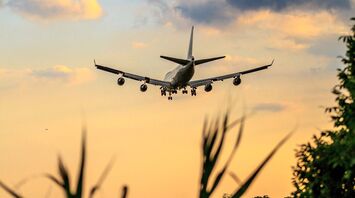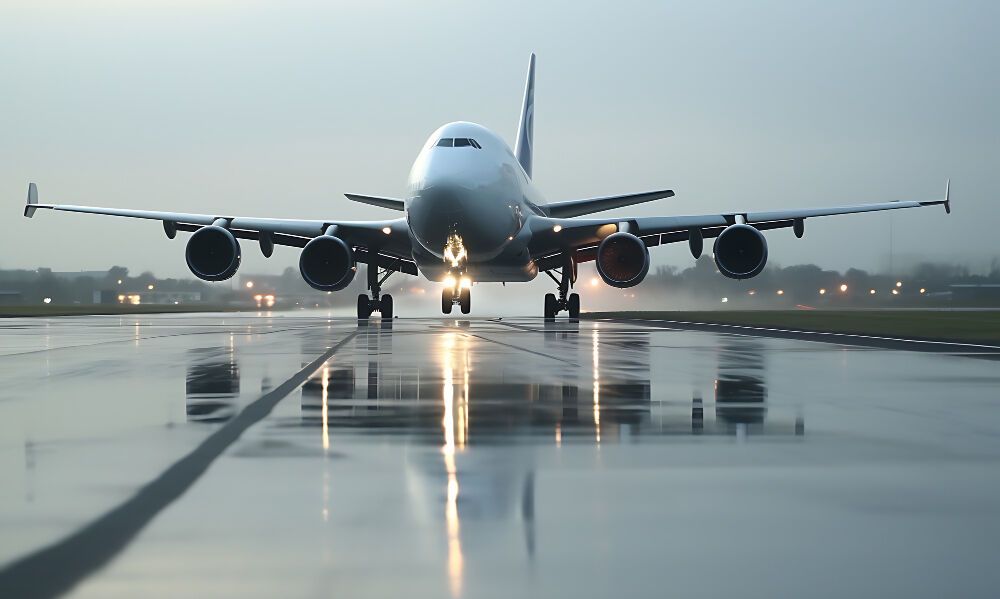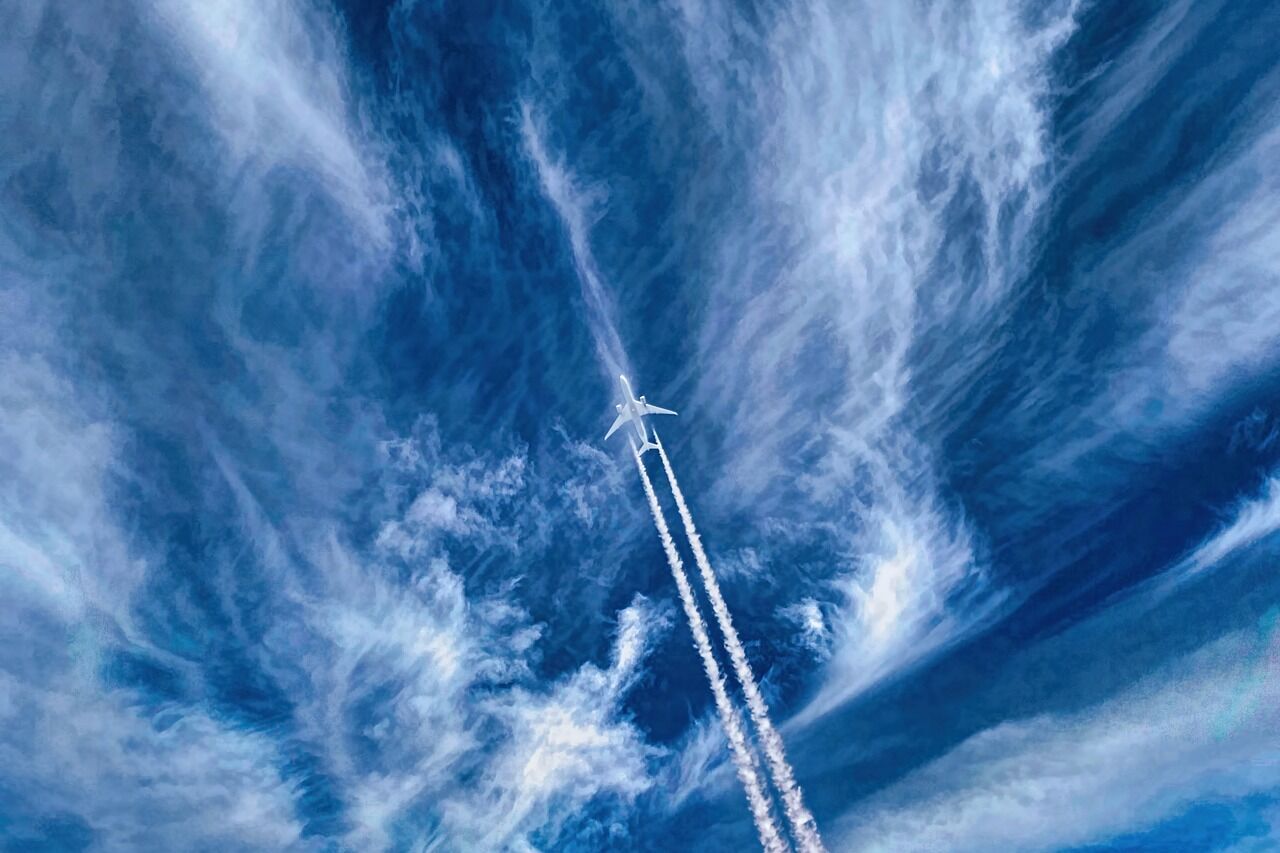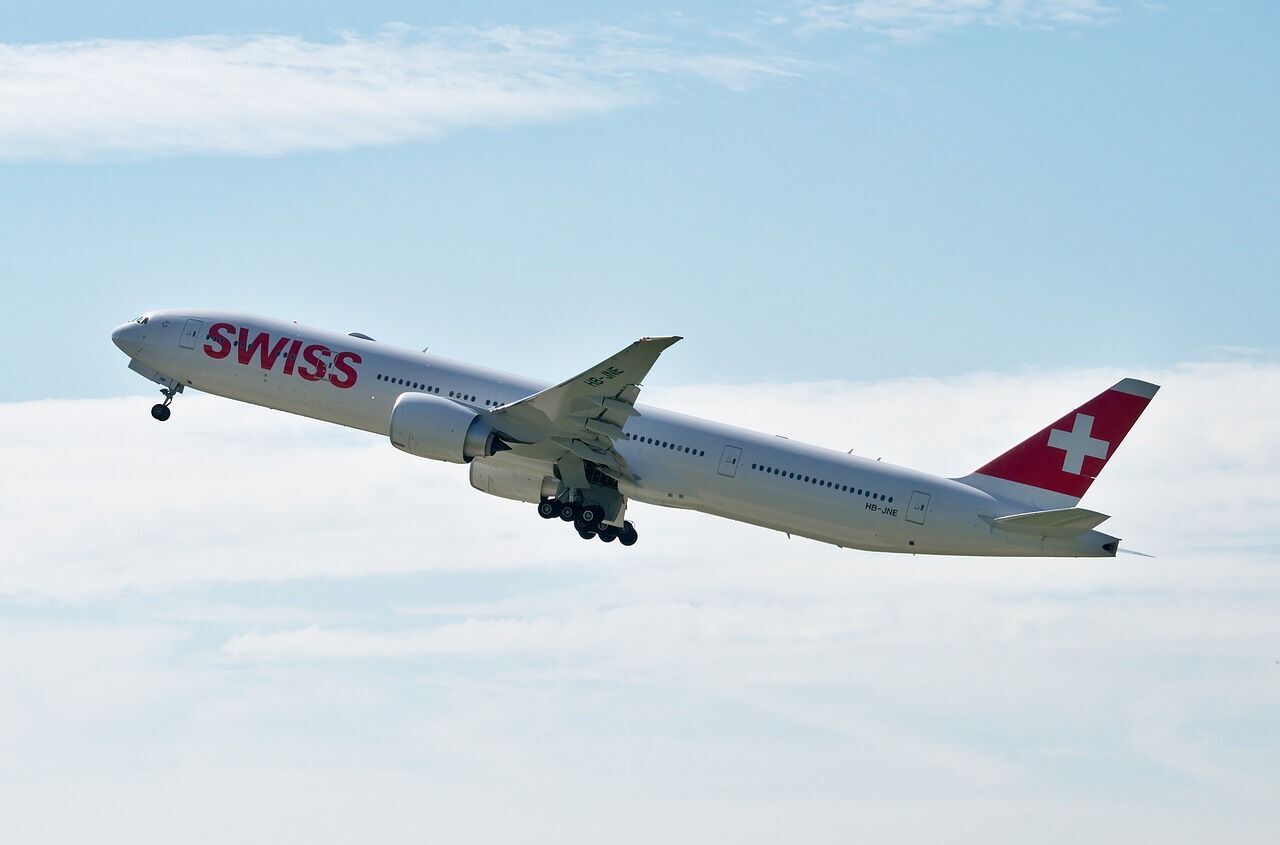Which airplane is the fastest in the world: how fast is modern passenger air transportation and whether the time of supersonic flights will come

The history of world aviation is a veritable parade of stunning discoveries and amazing inventions. Since ancient times, people have dreamed of flying, and several epochs later, the Wright brothers at the end of the XIX century presented the first motorized aircraft that could stay in the air for a long time.
Naturally, the first flying machines were not fast. For example, Alberto Santos-Dumont's light sport airplane in 1909 reached speeds of up to 90 km/hour. At the time, this was considered incredible and innovative, but today it only evokes a condescending smile. It seems that only a hundred years have passed, which is not such a long period of time in the framework of history, but this century played a stunning role in the development of aerospace technology. Let's see, what speed could the fastest air plane today reach?
At what speed does a modern airplane fly?

Over time, airplanes have become one of the most favorite modes of transportation for travel, especially for long distances. This makes sense given their speed advantage. Cars, ships and trains force the traveler to spend a lot more time on the road, which could be spent sunbathing on a lounge chair and sipping cocktails. The speed of an airplane makes it the fastest way to travel, especially to destinations a considerable distance away. But how fast is this speed?
First of all, the answer to this question depends on the type of airplanes. Gliders with their speed from 70 to 280 km/hour are quite "slow" if we compare them with passenger airplanes and their average speed of about 1000 km/hour. This figure is also called cruising speed, designed for high altitudes. At takeoff the airplane is much slower: pilots try to strive for about 300 km/hour.
Private jets fly even faster, reaching about 1100 km / hour. But even this is not the limit: compared to military aircraft, these figures will seem ridiculous. For example, the Blackbird reconnaissance plane of the US Air Force is capable of reaching speeds of up to 3535 km / hr. The top of the world's fastest air planes is headed by the so-called "rocket planes" equipped with a rocket engine. They can reach speeds of almost 12,000 km/hour.
What is the speed of an airplane at takeoff?
In astronautics and aeronautics, takeoff is considered the moment when the plane loses contact with the ground, that is, its tires come off the runway. Officially, however, an aircraft is considered to have taken off when it gains a height of about 10 meters. To do this, it must reach a certain speed, different for different types of aircraft. For passenger aircraft it ranges from 250 to 345 kilometers per hour.
The less the weight of the aircraft, the lower the speed required for takeoff. For light types, 80-150 km/hour is sufficient. To take off such a heavy airplane as a passenger liner, you need a strong enough headwind so that the wings can slide on the air flow. Therefore, the takeoff of the world's heaviest transport aircraft Airbus A380, which reaches a maximum weight of 560 tons, seems to be a real miracle.
What is the speed of the airplane while overcoming the sound barrier?

Logically, in order to overcome the sound barrier, the airplane must reach supersonic speed. That is, it must fly faster than sound itself. The speed at which sound travels through space depends on the temperature of the environment. For example, at a temperature of 20 °C, the speed of sound reaches 333 m/s (1200 km/h). Therefore, to break the sound barrier, an airplane must exceed this speed. This is currently impossible for standard passenger ships. With military vehicles, the situation is quite the opposite. These are the fastest modern airplanes in the world, whose jet engines allow them to reach speeds of up to 2000 km/h, so overcoming the sound barrier is almost commonplace for experienced pilots.
What is the sound barrier really? Before it was possible to overcome this boundary for the first time in 1947, people were afraid that in the air really formed some kind of "wall", about which the airplane will crash. But in reality, the sound barrier is an acoustic phenomenon. A powerful airplane engine emits a large amount of loud sound, which disperses into the environment in the form of sound waves. But due to its staggering speed, the airplane overtakes these waves, as if "compressing" the sound, and as a result of overtaking there is a loud pop. The pilot of the jet does not hear it at all. Unlike people who observe this action from the ground.
Supersonic speed was of interest not only to developers of military equipment. France was developing a plane Concorde, which could reach a maximum speed of 2179 km / h, which is about twice the speed of modern passenger aircraft. It could fly from New York to London in just three hours, when other commercial airliners took twice as long. Concorde entered service in 1976, but strong demand for these supersonic airplanes did not happen. After the July 25, 2000 crash at Charles de Gaulle Airport in Paris, when shortly after takeoff the plane crashed into a small hotel a couple of kilometers from the airport, killing all 109 people on board and four more in the hotel, Concorde operation was suspended. In 2003, it was decommissioned and the development company closed down. But the airplane still remains a symbol of the exciting engineering achievements of the last century.
Especially since other companies have picked up on the idea, hoping to create the fastest commercial airplanes in the world, capable of breaking the sound barrier. Currently, there are several startups that are developing models that can fly at supersonic speeds and get passengers to their destinations even faster. Their sophisticated hybrid technology is expected to not only increase power but also make air travel more environmentally friendly.
Which passenger airplane is the fastest in the world?
Modern airplanes used for passenger transportation can't compete in speed with Concorde or jets. But their speed is still impressive. Let's take a look at the top five models that can claim to win the ranking of the fastest airplanes in the world.
Boeing 777 (4th place)

This American-made airplane, introduced in 1995, was advertised as an ideal long-range craft with plenty of space inside. It seats 396 passengers maximum and reaches a cruising speed of 1037 km/h thanks to 2 powerful power turbines. This airplane is actively used by famous airlines like British Airways, United Airlines and Emirates.
Boeing 787 and Airbus A380 (3rd place)
Airbus A380 is considered to be the largest among passenger airplanes in the world today (can accommodate up to 853 people) and one of the fastest. With the help of engines whose production belongs to Rolls-Royce, its cruising speed reaches 1,049 km/hour. It is known for its low noise level, spacious cabin and advanced technology. Its competitor Boeing 787 is just as fast. Its new engine technology features lower fuel consumption and the airplane can seat up to 335 people.
Boeing 747-400 (2nd place)
With a cruising speed of approximately 1,055 km/hour, this airplane takes the silver medal in the top of the fastest airplanes in the world. Designed for 660 people maximum, this wide-body airplane is the best-selling American aircraft. Efficient engines make it comparatively economical.
Boeing 747-8i (1st place)
The title of the fastest airplane in the world is held by another wide-body Boeing with a cruising speed of 1060 km/hour and the ability to carry up to 342 passengers. It has an advanced design with better flight characteristics, efficient flight behavior and modern engines.



















